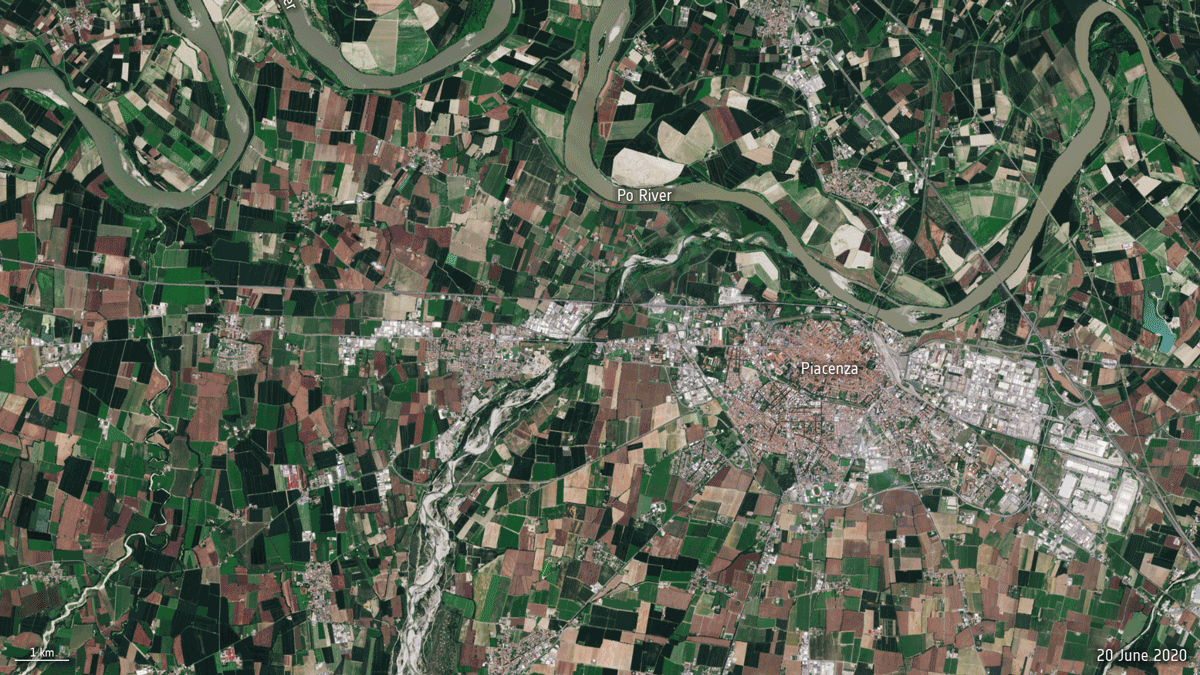Source: AGU Advances
As the climate warms, drought conditions are intensifying in many parts of the world. The effects of hydrological drought on water levels in rivers and other waterways are especially crucial to monitor because they can affect regional agriculture, energy production, economic stability, and public health.
Historical rainfall and river flow data exist from only as far back as a few decades to 200 years, depending on the location, time spans too short to assess long-term hydrological behavior accurately. Climate change adds more uncertainty, as historical data are less likely to correlate with potential future conditions. Tree ring widths, which reflect the dry or wet conditions affecting tree growth annually, provide valuable proxy climate data from before historical recordkeeping began.
Guo et al. combined limited historic river flow observations, climate model simulations, and paleohydrologic reconstructions from tree ring proxy data to examine how hydrological drought has evolved since 1100 CE—and how it may continue changing until 2100 CE—in northern Italy’s Po River basin. This basin supports about 40% of the country’s gross domestic product and 45% of its hydropower, and it has a known history of worsening drought conditions since 2000.
The work revealed agreement between paleohydrologic reconstructions and climate model simulations of past droughts, including some during the Medieval Climate Anomaly (900–1300 CE) and the Little Ice Age (1350–1600 CE). Those droughts lasted nearly 40 years and appeared to be much more extreme than modern droughts. The agreement between the reconstructions and modeling of past conditions provided support for the team’s projections of future drought, according to the authors.
These projections indicated alarming trends, such as river flow possibly dropping below levels seen during those historically dry periods: The team’s models suggested a 10% drop in annual average flow of the Po in the 21st century compared to the average levels recorded between 1100 and 2014. Also, though the models suggested fewer droughts will occur in the 21st century, those that do occur will be 11% longer and 12% more severe as climate change reduces water availability and human activities demand more water.
The researchers note that their findings may help this Alpine region and others like it to adapt to the dryer conditions to come. (AGU Advances, https://doi.org/10.1029/2024AV001393, 2025)
—Rebecca Owen (@beccapox.bluesky.social), Science Writer


